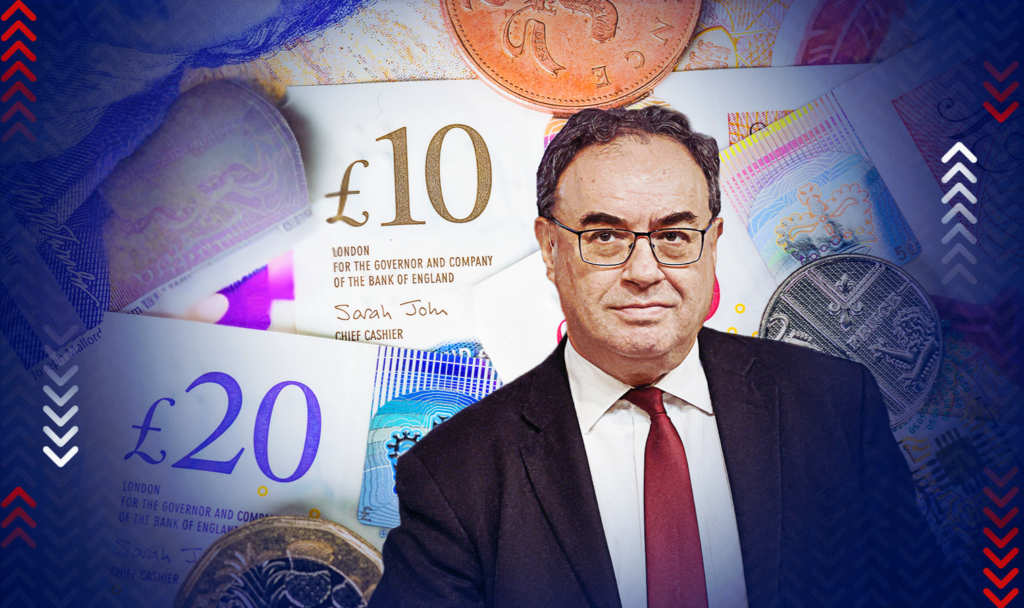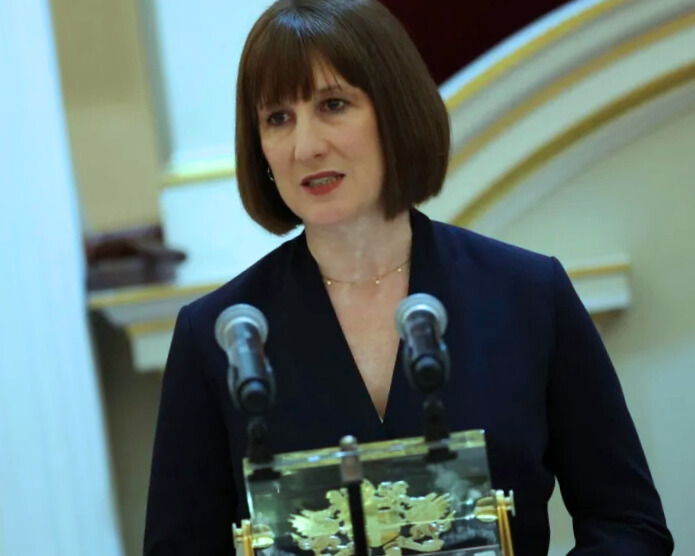
The Bank of England has cut interest rates again—this time by a quarter percentage point, bringing them down to 4.5%. But the real question is: what comes next?
Just a year ago, the roadmap seemed clear. The Bank was expected to reduce rates steadily, trimming them by 0.25% every quarter until they reached around 3.5%. Simple, right? Well, not anymore.
A Fork in the Road
The path forward is now riddled with uncertainty, with two possible trajectories ahead.
- The High Road: A slow and steady approach, where rates are trimmed cautiously, eventually settling at 4% over the next couple of years.
- The Low Road: A more aggressive strategy, with deeper cuts bringing rates below 4%—perhaps even down to 3.5% or lower.
So, which way will it go?
The Bank’s official projections lean towards the high road, forecasting two gradual cuts. However, a closer look at the voting pattern within the Monetary Policy Committee (MPC) tells a different story. Two members—Swati Dhingra and Catherine Mann—advocated for a more significant cut of 0.5%, signaling a push for faster and deeper reductions.
A Weak Economy, but a Complex Picture
Typically, when economic growth stalls, and inflation eases, central banks slash rates aggressively to stimulate activity. And right now, the UK economy is struggling—GDP growth is stagnant, and underlying inflation (excluding temporary energy price spikes) is relatively low. Under normal circumstances, this would be a green light for deeper cuts.
But things aren’t that simple. A few factors are muddying the waters:
- Government Spending Surge: Last October’s budget injected extra cash into the economy, making the Bank hesitant to ease monetary policy too quickly.
- Stubborn Inflation: Despite weak growth, inflation remains higher than expected, with the Bank even revising its forecast upwards.
- Global Uncertainty: Germany has slipped into recession, and the U.S., under Donald Trump, is threatening new tariffs on allies—adding more volatility to an already fragile global economy.
So, Where Are We Headed?
Despite the mixed signals, the Bank will likely cut rates further—possibly beyond the two reductions currently factored into forecasts. However, the road ahead is anything but predictable. With inflation proving sticky and global risks mounting, policymakers must tread carefully.
One thing is certain: navigating the interest rate path in this economic climate is no easy task. And for the Bank of England, the challenge of balancing inflation, growth, and financial stability has never been trickier.





